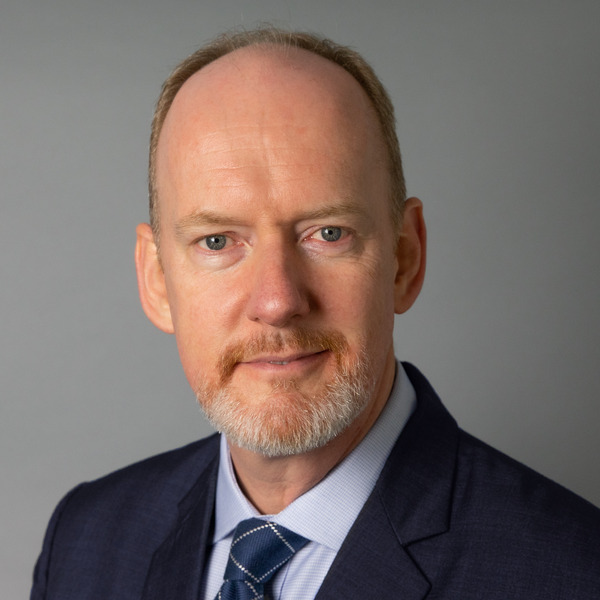The Supply Chain: Then & Now

Q&A with a Purchasing Expert, David Hamilton, Vice President of Purchasing, Structure Tone
Almost three years have passed since the pandemic threw a major wrench into the supply chain. What issues still remain? Are things getting better? David Hamilton, vice president of purchasing at Structure Tone, has been keeping a close eye on this ongoing ripple effect, and here shares some lessons learned and what he is seeing going into 2023.
What supply chain issues have lingered?
Obtaining pervasive products such as resin and microprocessors has been significantly challenging. Resin affects everything from paint to circuit boards, so its absence can affect the entire supply chain. Specific geographical issues have been another concern. The war in Ukraine, for example, really heightened our radar for what’s going on across the globe and how it affects the supply chain. What’s more, certain equipment, such as air conditioners, require a plethora of parts from all over the world. Challenges like raw materials in Ukraine and shipping into ports on the West Coast can impact critical components, which, in turn, could delay an entire project. We have expanded our vision into the future wider than ever and now conduct weekly meetings with our team of procurement specialists across the organization to analyze global issues and continue to plan and prepare at a local level.
What new challenges have emerged?
The continued growth of the data center market, coupled with supply chain issues, has caused large IT and tech companies to place large orders just to secure a place in the equipment queue. Circumnavigating this can be challenging since when these orders are placed, it’s unclear at times if those materials will actually be used. Some manufacturers have had to readjust their factory processes to put orders together and, in some cases, our team members have flown out to the factories to review and observe production first-hand and make sure our project orders are fulfilled.
How has this situation affected our relationship with subs, suppliers, etc.?
We have enhanced our relationships at the CEO level while strengthening and deepening our relationships with local distributors. This whole journey has also enhanced our efforts to map the supply chain, which is very cumbersome. Ideally, we are trying to ensure an overall global view where we can understand better where the pain points are and how to take opportunity with those who have better capacity or ability to produce.
What do you see coming in 2023 and beyond?
We have had a number of unfortunate subcontractor defaults in the last few months and anticipate this could be a continuing trend. Many over-committed due to PPP loan forgiveness, which provided some of them with a false sense of financial buoyancy. In other words, their bid estimates
were based on a false sense of security. Now with inflation, they are facing sticker shock on orders for materials for the projects they bid on months or even a year ago. Another trend is that suppliers are tightening their credit terms with subcontractors because of the volatility in the market. After seeing a couple of defaults, they are reigning in and ultimately becoming less flexible.
Another upcoming issue is the mandatory repayment of Small Business Administration pandemic loans. The SBA issued nearly $390 billion in COVID disaster loans. Due to the low interest rate, nearly four million small businesses and nonprofits took out these loans during the pandemic, and starting in January 2023, the SBA is requiring them to pay. Identifying whether or not a company we work with is paying off an SBA loan will become a new prerequisite for our firm, coupled with tracking PPP forgiveness.
That said, one of the key benefits of being part of a large, global organization is that we carry a lot of weight in the market to help influence outcomes. By leveraging our economies of scale, we have been successful in navigating many of these challenges. We make sure we’re communicating with our vendors, trade partners, and clients and forging relationships across the industry worldwide. That has helped tremendously in managing these challenges in a proactive manner.
